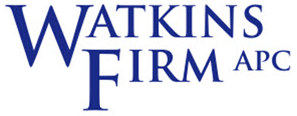A bank best known for its booming credit card business, Capital One, would like to acquire another banking giant, ING Direct USA, for $9 billion. The biggest potential roadblock for the deal is the Dodd-Frank Act, which instructs the Federal Reserve to examine whether the acquisition would pose a systemic threat to the American economy. If the Fed finds that the risks outweigh the rewards, they have to disallow the merger.
The question then becomes how the Fed will look at the risk factors, and at what point the agency would be willing to scuttle a deal. As recently reported in this blog in reference to the proposed merger of AT&T and T-Mobile, it sounds so far like the Fed is not anxious to disallow mergers and acquisitions simply based on the presence of some risk. Many observers feel that the Fed would only be willing to step in if there were very strong evidence of risk to the economy.
San Diego mergers and acquisitions attorneys have noted that Capital One has been quick to tout the potential benefits of a combined Capital One and ING, and downplay the risks. But what else would Capital One say?
Perhaps more important will be whether the critics of the deal will be able to substantiate some good reasons for reasonable doubt that the deal would be a safe one for the U.S. economy.
At least one powerful critic of the deal has pointed out that there are already four major banks that could easily be seen as “too big to fail.” It could raise a question in policymakers’ minds about allowing the creation of a fifth “too big to fail” bank. Also, Capital One’s credit card portfolio is loaded with risky subprime loans, says the same critic. The question will be whether these types of criticisms will gain traction with the Fed and/or with other policymakers in the nation’s capital.
Source: Dealb%k “Capital One Denies ING Deal Would Make It ‘Too Big to Fail’” Sept. 20, 2011


